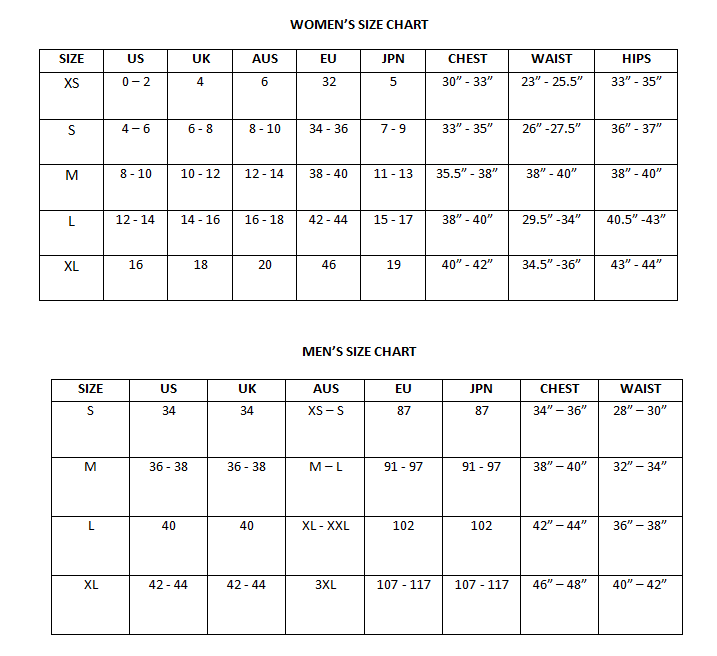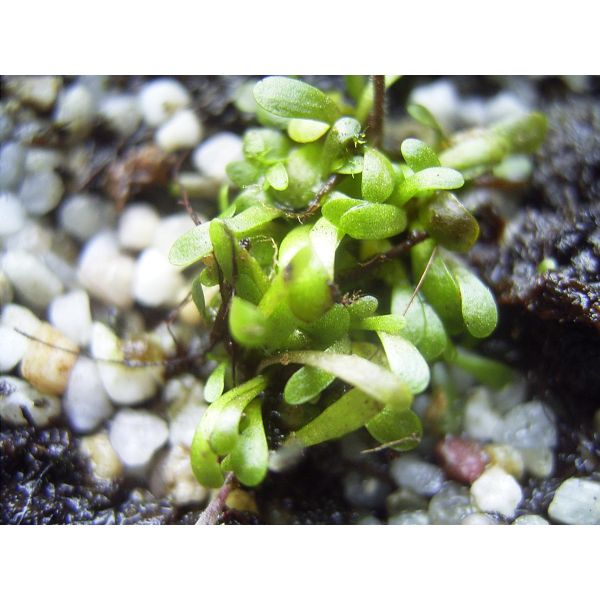Genlisea Repens Seeds (Corkscrew Plant Seeds)
Genlisea Repens Seeds (Corkscrew Plant Seeds)
Growth is relatively quick, and flowering plants can be grown within a few months.

Delivery
All orders shipped with UPS Express.
Always free shipping for orders over US $250.
All orders are shipped with a UPS tracking number.
Returns
Items returned within 14 days of their original shipment date in same as new condition will be eligible for a full refund or store credit.
Refunds will be charged back to the original form of payment used for purchase.
Customer is responsible for shipping charges when making returns and shipping/handling fees of original purchase is non-refundable.
All sale items are final purchases.
Help
Give us a shout if you have any other questions and/or concerns.
Email: contact@domain.com
Phone: +1 (23) 456 789
Availability: Out of stock
SKU
Genlisea Repens
Genlisea repens is also know as the Corkscrew Plant because of the shape of it's roots, which contain it's traps. It is a perennial, native to boggy areas of Brazil, Venezuela, Guyana and Paraguay. In their natural environment the Genlisea grow as terrestrials or semi-aquatics. They are a very recent discover, only entering cultivation in the mid 1980's. This one is the most easy Genlisea to cultivate.
They form a small rosette about 3 centimeters in diameter, with linear or spatulate leaves. Most of the Genlisea are generous flowerers from Spring until Fall, and if pollination occurs, abundant seed is produced. Growth is relatively quick, and flowering plants can be grown within a few months. They have lovely flowers and once they start to bloom, will bloom basically continuously. The small yellow flowers are are borne on an inflorescence up to 20 centimeters tall. Dead growth and expired flowers should be removed to prevent fungus.
A genus related to both Utricularia and Pinguicula with perhaps the strangest trapping method of all the carnivorous plants. They have very unusual traps, which are essentially undergroud. It specializes in protozoa and attracts its prey chemically. The trap extends downward from the plant in a cylindrical stalk. Between 1 to 3 inches, down from the plants this stalk opens to a bulb-like digestion chamber. The trap continues down from here in a hollow, tube-like structure, until it branches in to two corkscrew-like extensions. There is a slit in the Corkscrews that begins at the branching. Any creature small enough to enter this slice opening finds itself in a tubular tunnel. Once in the trap, the prey is forced forward, for hairs prevent it from moving back out. It eventually winds its way up to the digestive gland where it is digested, furnishing the plant with nutrients lacking from the impoverished soils in which they grow.
Hardiness zone 11, (4øC/40øF) in Winter. Keep the plant wet and warm for the whole year. Containers should be water tight, keeping the water level up to the surface at all times. Genlisea are tropical in nature and prefer temperatures above 20øC at all times and they prefer high humidity. You can keep them on a sunny windowsill, but beware of the cold. You can grow your Genlisea in pure peat moss, or a mix of 3 parts of peat moss for 1 part sand.
| Common name | Corkscrew Plant |
|---|---|
| Species | Genlisea repens |
| Germination | The seeds are tiny. Seeds of species from the genus Genlisea are sown on the surface of the common planting medium, 3 parts of peat moss for 1 part sand. At a temperatures of 25-35øC, they will usually germinate within several weeks or months. These seeds also require a lot of light, at least artificial light, and a photoperiod of 10-12 hours. The seeds can also benefit from fluctuating temperatures, with day temperatures above 30øC and below 18øC at night. Good ventilation is also necessary from the start of sowing, but excessive drying must be avoided. |
| Price View | Price Range |

